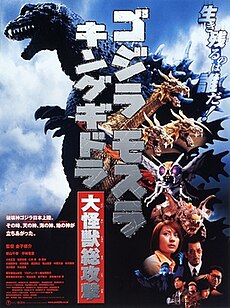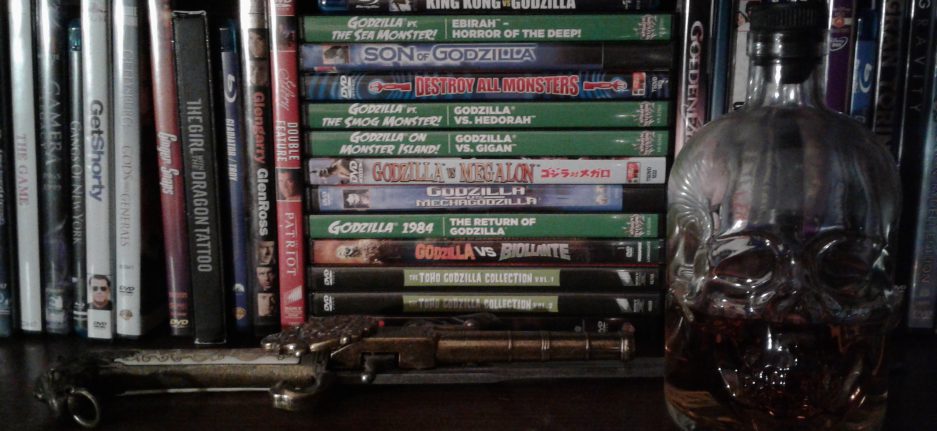After a couple of lackluster entries, the Godzilla franchise continued to shift gears in the Millennium Era. Not entirely unlike an anthology series, other interpretations of the Godzilla mythos were being accepted for production. With Godzilla, Mothra and King Ghidorah: Giant Monsters All-Out Attack, audiences would get one of the most unique Godzilla concepts yet, along with some new designs and different takes on the monsters involved.

Once again, the series continuity (or whatever could be considered left of it) is ignored here, save the original ’54 film. The plot finds Godzilla returning to his old stomping grounds (it’s more literal when you’re talking about Godzilla, ain’t it?) amidst a series of kaiju-born natural disasters. It is soon revealed that this is not the same monster that attacked country decades prior, but rather the physical manifestation of the souls of those killed by the Imperial Army during Japan’s expansion before and during World War II. Since Japan has tried to forget about the atrocities she’s caused, this new Godzilla has come forth as a sort of cosmic kaiju punishment. All is not lost for the people of Japan, though, as a trio of guardian monsters, as foretold by legend, comes forth to put a stop to Godzilla’s rampage: Baragon, Mothra, and King Ghidorah. These monsters each take on the Big G in turn, aided by the Japanese military’s steadfast efforts.
Gotta say, Godzilla’s design here is something else. I’ve had a mixed reaction to the Millennium version of Godzilla, digging the massive spikes on his back while having some doubts about his neck getting in the way of the motion of his head. Here, the mixed feelings are even deeper: the cold, pupil-less white eyes and sneering maw give him a rather menacing countenance, something decidedly appropriate for his current incarnation, and his slightly lowered and humped posture project more crocodilian features than before; on the other hand, his gait is much more like a person, his arms swaying more than usual in the normal hominid fashion, and he seems to have something of a pot belly going. It’s an interesting aesthetic, to be sure, but I think some of the execution didn’t quite rise to the new standard. Baragon – who’s making his first appearance since some stock footage back in the late ‘60s – comes across a bit too cutesy for my liking, like a reptilian puppy or something, while Mothra is more insectoid and Ghidorah more draconic (in the Eastern sense) than previous incarnations. These guardian monsters were also made to be smaller than before, emphasizing the power Godzilla wields this time out.
After some painful bits in the previous two films, the visual effects here take a big step forward, though some rough patches remain (that shot of a revived Ghidorah taking flight is something to behold, and not out of awe, sadly). The kaiju battles are very nice affairs, complete with plenty of blood and a few fake-outs for the sake of drama. The tone is slightly uneven, with some lighter elements diluting the otherwise serious atmosphere just enough to make things occasionally awkward. The acting gets a touch broad in a few places, but it’s overall more than solid.
In spite of its mouthful of a title, GMK is one of the best Millennium Era offerings and one of the stronger entries in the franchise as a whole. Its tackling of historical memory and the flexibility of Godzilla’s symbolism over time (whilst still maintaining the nuclear origins) shows just how much can be done with the character and how timely he can be, even fifty years after his debut.

For the next entry, we see another reboot of the series, as well as the return of an old favorite. Keep ‘em glued, kids.
